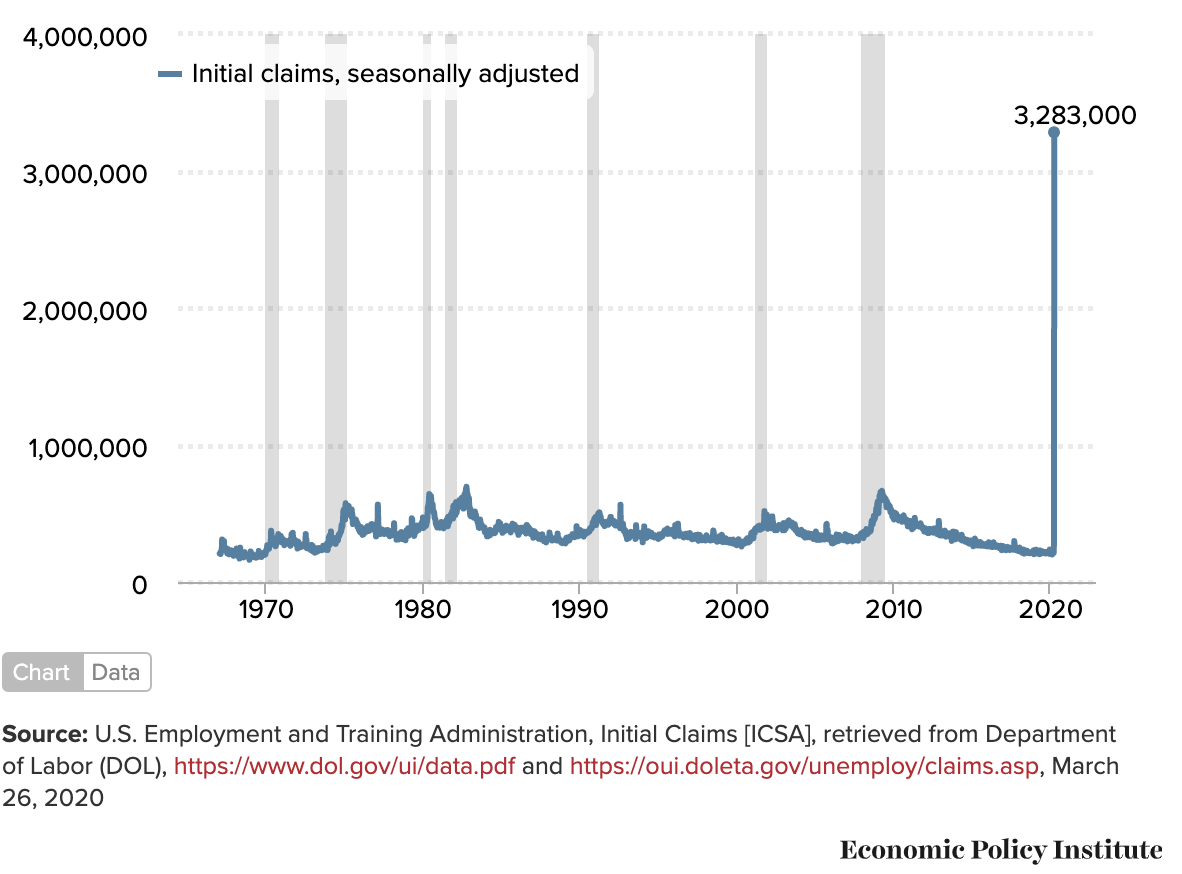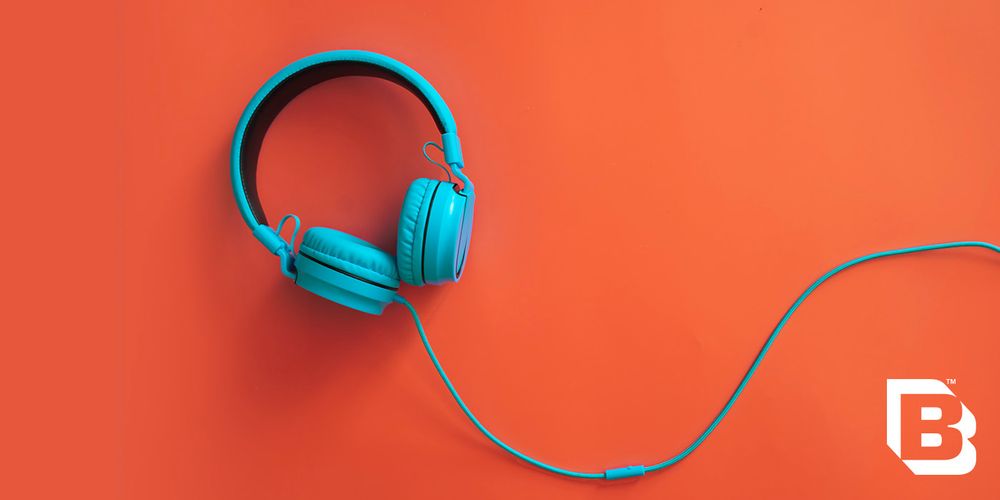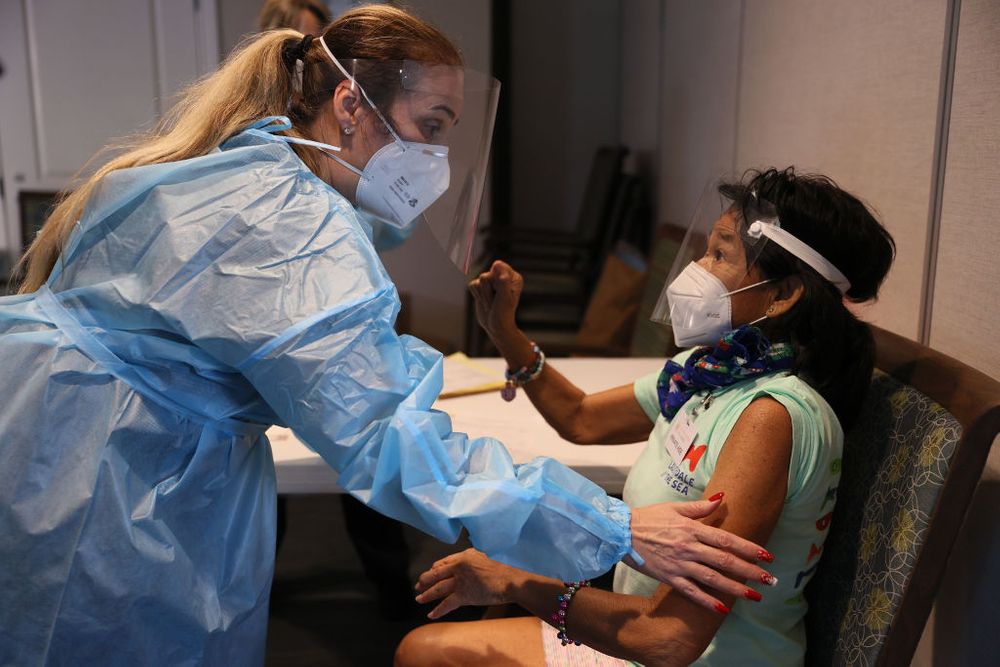| Normally, we think of government and business as operating like schoolkids and faculty. Even though one group supervises the other, they each do their own thing, occasionally quarreling but generally maintaining a state of peaceful coexistence. Enter 2020. Facing the historic scope of the Covid-19 crisis, a School of Rock scenario emerged where divisions between the supervisors and the supervised were muddled as they collectively worked to learn about music and this thing we call life contain the coronavirus. The first instance came in mid-March, when state governments ordered certain businesses to close so we could "flatten the curve." Suddenly, life got more local. We all became very familiar with our governors and their body piercings. And without federal guidelines, those governors had flexibility in determining which businesses deserved the "essential" badge and would therefore be allowed to stay open. - States very much differed on that determination. And all of a sudden, whether or not you could open a hair salon depended mainly on whether that salon was in Atlanta or Albany.
Early on, business owners clashed with their elected leaders over social distancing restrictions. Those clashes continued over the summer, from New Jersey gyms to California restaurants. Just this month, New York Governor Andrew Cuomo's decision to halt indoor dining in NYC caused an uproar. Of course, business has always had to work with the government; 2020 didn't invent the concept of regulation. But it has shown us the most extreme forms of government intervention in the private sector. Another example? The Defense Production Act (DPA) This little-known law allows presidents to give businesses homework in service of imperiled national defense. Trump invoked it in mid-March to direct companies, including iconic automaker GM, to shift their operations and produce sorely needed ventilators. A debate over the DPA and how to use it ensued, reflecting Americans' ambivalence about the government going from "give that fryer another wipe if you want a license" to "we order you to make medical equipment instead of cars." - Trump had initially resisted using the DPA, comparing it to nationalization in failed states like Venezuela.
- But his critics quickly pointed out that the DPA is used thousands of times per year for military purposes, drawing attention to the significant amount of public-private sector overlap in the U.S. defense system.
In other words, while 2020 was a year of crisis, it exposed—and perhaps helped us to contemplate—just how intertwined government and business are in non-crisis times. Then there's the stimulus In March, the U.S. economy was chugging along with historically low unemployment, then it turned left at a sign marked "coronavirus" and chugged off a cliff. Congress quickly passed a rescue package of unprecedented scale: $2.2 trillion. In 2019, you would have been shocked to learn that a few months into 2020 you would pine for that overcrowded, overpriced bar where it takes an hour to get a drink. You'd be even more shocked to learn that $2 trillion in government spending would be criticized as insufficient. But it was. The social distancing mandates necessary to getting the virus under control put businesses and the labor market in existentially dire straits. Remember this awful graph?  Economic Policy Institute That's initial jobless claims for the week before March 26, the Labor Department's biggest spike on record. Many economists agree the magnitude of the stimulus was beyond warranted, and for many critics, it wasn't anywhere near enough. - One University of California Berkeley economist argued that to support testing early on, the government should have inserted itself even more into the private sector by guaranteeing test makers a return on their investments.
NYT economics reporter Noam Scheiber wrote, "Employers are generally willing to make investments when they believe that these investments will benefit their business. But they are reluctant to take on costs when it is primarily the public that benefits, in which case it falls to the government to step in." In 2020, the government stepped in to a degree not seen before in our lifetimes. Now, even after a second $900 billion stimulus package was passed, lawmakers are in a heated debate over whether to send additional $2,000 checks to Americans. The public x private collab's greatest challenge is ahead Much of the lightning-quick rollout of vaccines can be attributed to Operation Warp Speed, a government program that worked to grease the skids for pharma companies. And over the next few months, those companies will partner with the government to solve the logistical equivalent of a 100-sided Rubik's cube: distributing vaccines to enough of the population to clamp down on the coronavirus once and for all. - The early results are not encouraging. With states slow to get shots in Americans' arms, the U.S. is unlikely to hit the Trump administration's goal of 20 million vaccinations by the end of 2020, reports Bloomberg.
Bottom line: President-elect Joe Biden will be inaugurated on January 20, and he's likely to take a more hands-on approach with the private sector than President Trump. He's promised to wield the DPA to support healthcare efforts and called for even more stimulus. | 










No comments:
Post a Comment